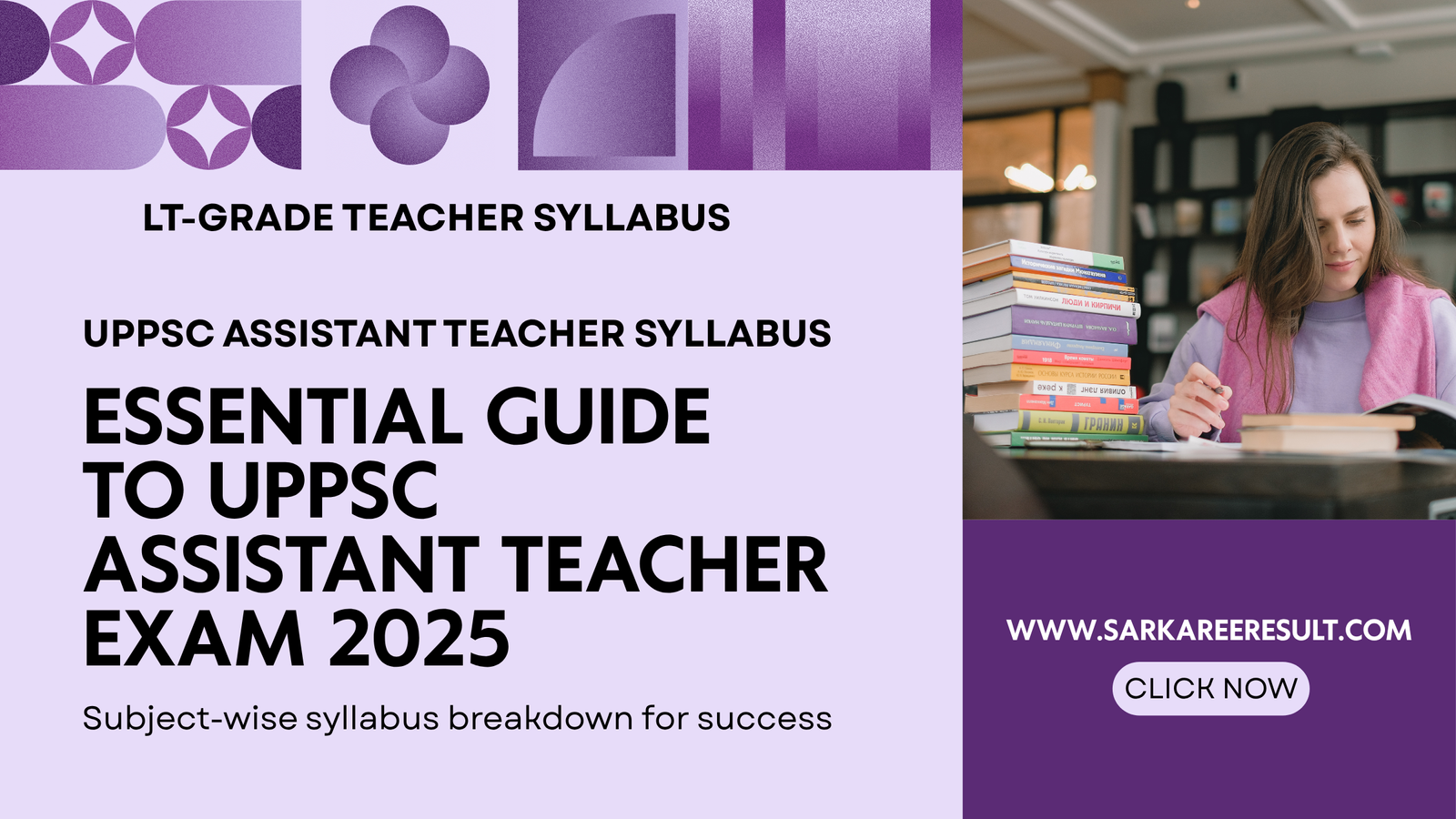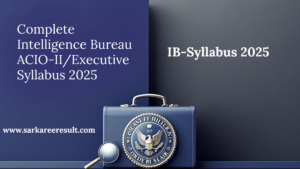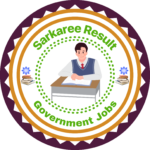Subject-Wise Syllabus for UPPSC Assistant Teacher ‘Trained Graduate Grade’ Examination 2025
1. General Studies
1.1 History of India & Indian National Movement
- Prehistoric to Medieval India: cultural, social, economic developments
- Mauryan, Gupta, Chola, Delhi Sultanate, Mughal Empires: polity, administration, art & culture
- Renaissance, Reformation, advent of Europeans
- Revolt of 1857: causes, course, impact
- Freedom struggle: moderate & extremist phases, Gandhian movements (Non-Cooperation, Civil Disobedience, Quit India), role of key leaders
- India’s independence; framing of the Constitution; salient features
1.2 Indian & World Geography
- Physical geography: earth’s structure, landforms, atmosphere, hydrosphere, biomes
- Human geography: population, settlement types, urbanization, economic geography (agriculture, industry, trade)
- Geography of India: physiography, climate (Köppen, Trewartha, R.L. Singh), soils, vegetation, natural resources, agro-climatic zones, mineral & energy resources, transport & ports
1.3 Indian Polity, Governance & Public Policy
- Constitution: features, federalism, fundamental rights & duties, DPSP
- Union & State Executive, Legislature, Judiciary, their functions & checks
- Panchayati Raj, decentralization, citizen’s charters, Right to Information
- Public policy: major welfare schemes; role of bureaucracy; Centre-State financial relations
1.4 Indian Economy & Social Development
- Structure of Indian economy: primary, secondary, tertiary sectors
- Growth & issues: poverty, unemployment, agriculture & green revolution, industrial policy, fiscal federalism, NITI Aayog vs. Planning Commission
- Human development: education, health, nutrition, gender equality, social justice
- Infrastructure: roads, railways, digital economy, financial inclusion
1.5 Current Events of National & International Importance
- Major national developments: governmental schemes, legislation, Supreme Court judgments
- International: geo-political developments, climate agreements, global institutions (UN, IMF, World Bank, WTO, BRICS)
2. Special Education – Braille Script
2.1 Braille Fundamentals
- History and principles of Braille; 6-dot cell structure; seven-line formats
- Grade I vs. Grade II English Braille: contractions, short-form signs
2.2 Transcription & Tools
- Manual: Slate & Stylus, Perkins Brailler, pocket frame
- Paperless: Braille embossers, Duxbury Braille Translator, Braille displays, note-takers
- Computer Braille indicators; e-mail & URL transcription
2.3 Braille Notation for Science & Mathematics
- Superscripts, subscripts; Greek letters; radicals; logarithms; reference & negation signs; degree, infinity
- Mathematical Braille: numerals, fraction formats, operators (+, –, ×, ÷), brackets, measurements, Roman numerals
- Shape signs: angle, triangle, circle, quadrilateral, rhombus
3. Special Education – Indian Sign Language (ISL)
3.1 Foundations of ISL
- History, evolution, legal status, relationship to spoken languages
- Deaf culture; communication modes: oralism, total communication, bilingual education
3.2 ISL Grammar & Structure
- Manual vs. non-manual signals; alphabet & numerals; basic vocabulary (greetings, colours, months, foods, transport)
- Word-level morphology; sentence types: statements, yes/no, WH-questions, negatives
- Spatial grammar: use of signing space for verbs, pronouns, possession, time, numbers
3.3 Advanced ISL Usage
- Descriptive signing: people, objects, actions, adjectives & opposites
- Complex structures: conditional clauses, relative clauses, classifiers
- Expressive skills: storytelling, gaining attention, turn-taking, register variation
4. Subject-Wise Teaching Syllabus
4.1 Hindi
- Literature: Vedic to Modern—Allegory, ballad, ode, sonnet forms; Bhakti & Riti schools; Progressive, Modernist movements; major poets (Bhartrihari, Tulsidas, Kabir, Rahim, Maithili Sharan Gupt, Mahadevi Verma, Nirala, Prasad, Agyeya, Bharti, Kushwant Singh)
- Grammar: संज्ञा, सर्वनाम, क्रिया, विशेषण, कारक, वचन, लिंग, विभक्ति, लय, छंद, अलंकार, मुहावरें
- Composition: essay, précis, letter writing, translation, comprehension, dialogue, notice, report
4.2 English
- Prose & Fiction: Bacon (“Of Studies”), Addison & Steele, Lamb, Maugham, Orwell’s Animal Farm, Tagore’s Gitanjali, Desai, Narayan, Woolf, Rao, Narayan, Achebe
- Poetry: Shakespeare’s Sonnets, Milton, Donne, Pope, Wordsworth, Shelley, Keats, Tennyson, Browning, Arnold, Yeats, Eliot, Auden, Frost, Tagore, Ezekiel, Das, Hughes, Larkin
- Drama: Shakespeare’s tragedies/comedies (Macbeth, Twelfth Night), Jonson, Dryden, Shaw, Galsworthy, Pinter, Miller, Karnad
- Grammar & Usage: sentence transformation, prepositions, tenses, concord, active-passive, reported speech, idioms, vocabulary, comprehension, précis, letter writing, translation
4.3 Mathematics
- Algebra: sequences & series; groups; matrices; determinants; eigenvalues; binomial theorem; permutations & combinations; complex numbers
- Calculus: limits, continuity, mean-value theorems; differentiation & applications; integration techniques; area, volume; differential equations (1st & 2nd order)
- Geometry: conics; coordinate & vector geometry; lines & planes in 3D; spheres, cones, cylinders
- Discrete Math: set theory; relations & functions; Boolean algebra; graph theory fundamentals
- Statistics & Probability: data presentation; measures of central tendency & dispersion; probability axioms; distributions; sampling; correlation & regression
4.4 Science (Composite Syllabus for Physics, Chemistry, Biology)
Physics
- Mechanics, properties of matter, oscillations, waves, heat & thermodynamics, electricity & magnetism, optics, modern physics fundamentals (quantum, relativity)
Chemistry
- Physical: thermodynamics, kinetics, equilibrium, phase rule, electrochemistry, nuclear chemistry
- Inorganic: periodicity, coordination compounds, metallurgy, s- & p-block, transition elements, bioinorganic
- Organic: bonding, stereochemistry, reaction mechanisms, functional group transformations, biomolecules, polymers, spectroscopy (UV, IR)
Biology
- Zoology: animal taxonomy; cell & molecular biology; genetics & evolution; human physiology; ecology & wildlife; embryology; developmental biology; parasitology; basic immunology
- Botany: plant diversity (algae to angiosperms); morphology & anatomy; taxonomy; plant physiology (photosynthesis, respiration, nutrition, water relations, growth regulators); biochemistry; genetics & biotechnology; economic botany; plant pathology; environmental botany
4.5 Commerce
- Accountancy: double-entry, financial statements, partnership, company accounts, departmental, hire purchase, royalty, bank reconciliation, cash flow
- Business Organization & Management: forms of business, principles of management, organizational behaviour, marketing, human resource management, business environment
- Business Economics: demand & supply analysis, production & cost, market forms, distribution theories, macroeconomics, Indian economic policies
- Money & Banking: functions of money, RBI & commercial banks, credit creation, inflation, monetary & fiscal policy, digital banking
- Statistics & Auditing: data analysis, measures of central tendency & dispersion, correlation & regression; principles & procedures of auditing, vouching
4.6 Computer Science
- Digital logic; data structures & algorithms; programming in C & Java; database systems; operating systems; computer networks; software engineering; web technologies; system analysis; information security; computer graphics
4.7 Home Science
- Resource Management: home & family, consumer education, budgeting, time & energy management, interior decoration
- Food & Nutrition: macro & micronutrients, diet planning, community nutrition, food preservation & safety
- Textiles & Clothing: fibre & fabric science, garment construction, care & maintenance, textile printing & dyeing
- Human Development: lifespan development, theories, family relations, early childhood education
- Extension Education: principles, methods, programme planning, leadership, women’s empowerment, entrepreneurship
4.8 Physical Education
- Foundations: history & objectives; anatomy & physiology; kinesiology; sports psychology; health education
- Training & Coaching: sports science, training methods, periodization, injury management, measurement & evaluation
- Games & Sports: rules, tactics & techniques of major sports (athletics; football; hockey; volleyball; basketball; cricket; badminton; tennis; gymnastics; yoga)
4.9 Agricultural Science
- Agronomy: crop husbandry, soil & water management, pest control
- Horticulture: fruit & vegetable production, post-harvest technology
- Soil Science: texture, structure, fertility, testing, conservation
- Plant Physiology & Biochemistry: photosynthesis, respiration, growth regulators
- Animal Husbandry: breeding, nutrition, common diseases & management
- Farm Implements & Mechanization; extension methods; agro-economics
Note: This consolidated, subject-wise syllabus comprises every topic in depth, enabling aspirants to plan comprehensive preparation under each heading.



Pingback: UPPSC Assistant Teacher 'Trained Graduate Grade' Recruitment 2025 – 7466 Vacancies - Sarkareeresult.com
Pingback: UPPSC Assistant Teacher 'TGT' Recruitment 2025 – Apply For 7466 Vacancies